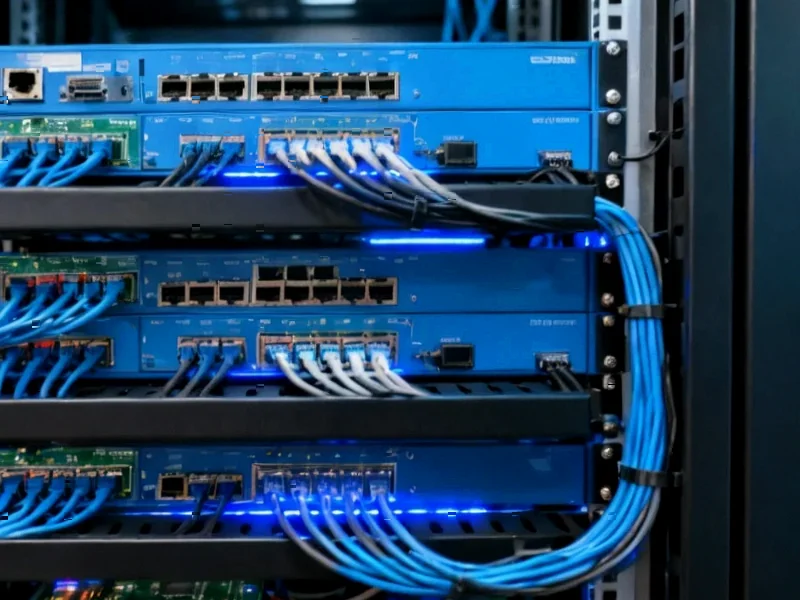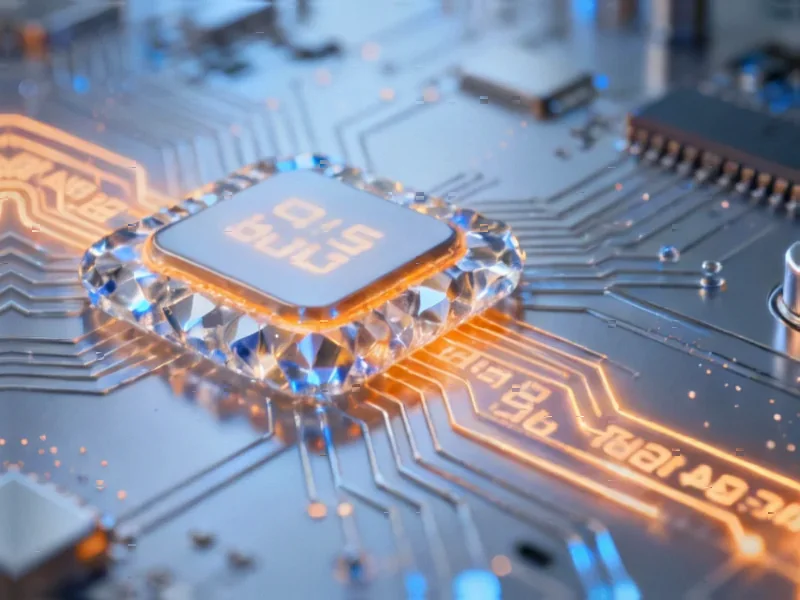According to SamMobile, Samsung Electronics chairman Jay Y. Lee and Nvidia CEO Jensen Huang announced a massive partnership following their meeting yesterday, with Samsung planning to use over 50,000 Nvidia GPUs to build AI factories in South Korea. The South Korean firm will deploy these GPUs across its semiconductor chip design, manufacturing, and quality control processes, creating a single network where AI continuously analyzes and optimizes production in real time. Samsung claims it has already achieved more than 20x improvements in computational lithography performance using Nvidia’s cuLitho and CUDA-X libraries for optical proximity correction processes. The companies are also collaborating on next-generation GPU-accelerated electronic design automation tools and developing HBM4 chips that offer up to 11Gbps data transfer speeds, significantly exceeding JEDEC standards. This partnership represents a quantum leap in manufacturing intelligence that could redefine semiconductor production.
Table of Contents
The Manufacturing Intelligence Revolution
What Samsung is building goes far beyond traditional automation—this represents the first true implementation of artificial intelligence at industrial scale in semiconductor manufacturing. The concept of connecting design, manufacturing, and quality control into a single AI-optimized network means that every stage of production becomes self-improving. Traditional manufacturing operates in silos where design teams create blueprints, manufacturing executes them, and quality control identifies defects after the fact. Samsung’s approach collapses these boundaries, creating a continuous feedback loop where manufacturing data informs design improvements and quality metrics optimize production parameters in real time.
The Computational Lithography Breakthrough
The 20x improvement in computational lithography performance that Samsung mentions using Nvidia’s cuLitho technology represents one of the most significant manufacturing breakthroughs in recent memory. Computational lithography is arguably the most computationally intensive part of chip manufacturing—it involves simulating how light will behave when projecting circuit patterns onto silicon wafers. As chip features shrink to atomic scales, these calculations become exponentially more complex. The fact that Samsung can now run these simulations 20 times faster means they can iterate designs more quickly, reduce time-to-market for new chips, and potentially achieve higher yields through more accurate modeling. This directly addresses one of the biggest bottlenecks in advanced semiconductor manufacturing.
Geopolitical and Strategic Implications
This partnership creates a formidable alliance in the global semiconductor race. While much attention has focused on TSMC’s manufacturing leadership and Intel’s resurgence, the Samsung-Nvidia combination represents something different—vertical integration of AI intelligence throughout the manufacturing stack. Nvidia brings the computational horsepower and AI expertise, while Samsung contributes manufacturing scale and memory technology. For South Korea, this represents a strategic national investment in maintaining its position as a semiconductor superpower. The timing is particularly significant given ongoing tensions in global semiconductor supply chains and increasing competition from Chinese foundries.
The Technical Challenges Ahead
Scaling to 50,000 GPUs presents enormous technical challenges that neither company has fully addressed publicly. The power requirements alone are staggering—each high-end GPU can consume 700 watts or more, meaning the entire system could require 35 megawatts of continuous power, equivalent to a small city. Cooling such a massive computational cluster presents another major engineering challenge. More fundamentally, creating software that can effectively coordinate thousands of GPUs across different manufacturing processes requires solving distributed computing problems at a scale rarely attempted in industrial settings. The success of this initiative will depend as much on software architecture as on hardware deployment.
Shifting Competitive Dynamics
This partnership fundamentally changes the competitive landscape for semiconductor manufacturing equipment companies like ASML, Applied Materials, and Lam Research. Traditionally, these companies provided the physical tools for chip manufacturing, while computational aspects were handled separately. Now, Samsung and Nvidia are creating an integrated computational-physical manufacturing platform that could eventually compete with or replace traditional manufacturing equipment workflows. The mention of developing “next-generation GPU-accelerated electronic design automation tools” suggests they’re targeting the entire design-to-manufacturing pipeline, potentially disrupting companies like Cadence and Synopsys that currently dominate EDA software.
The Road Ahead for AI-Driven Manufacturing
If successful, this initiative could establish a new paradigm for high-tech manufacturing beyond semiconductors. The combination of digital twins through Nvidia’s Omniverse platform, real-time AI optimization, and massive computational resources represents a template that could be applied to pharmaceuticals, aerospace, automotive, and other precision manufacturing industries. However, the transition won’t be seamless—integrating legacy manufacturing systems with AI-driven platforms will require substantial retooling and workforce retraining. The ultimate test will be whether this AI-driven approach can deliver consistent yield improvements and cost reductions that justify the massive infrastructure investment. According to the company’s announcement, this represents a long-term strategic commitment that could take years to fully realize its potential.



